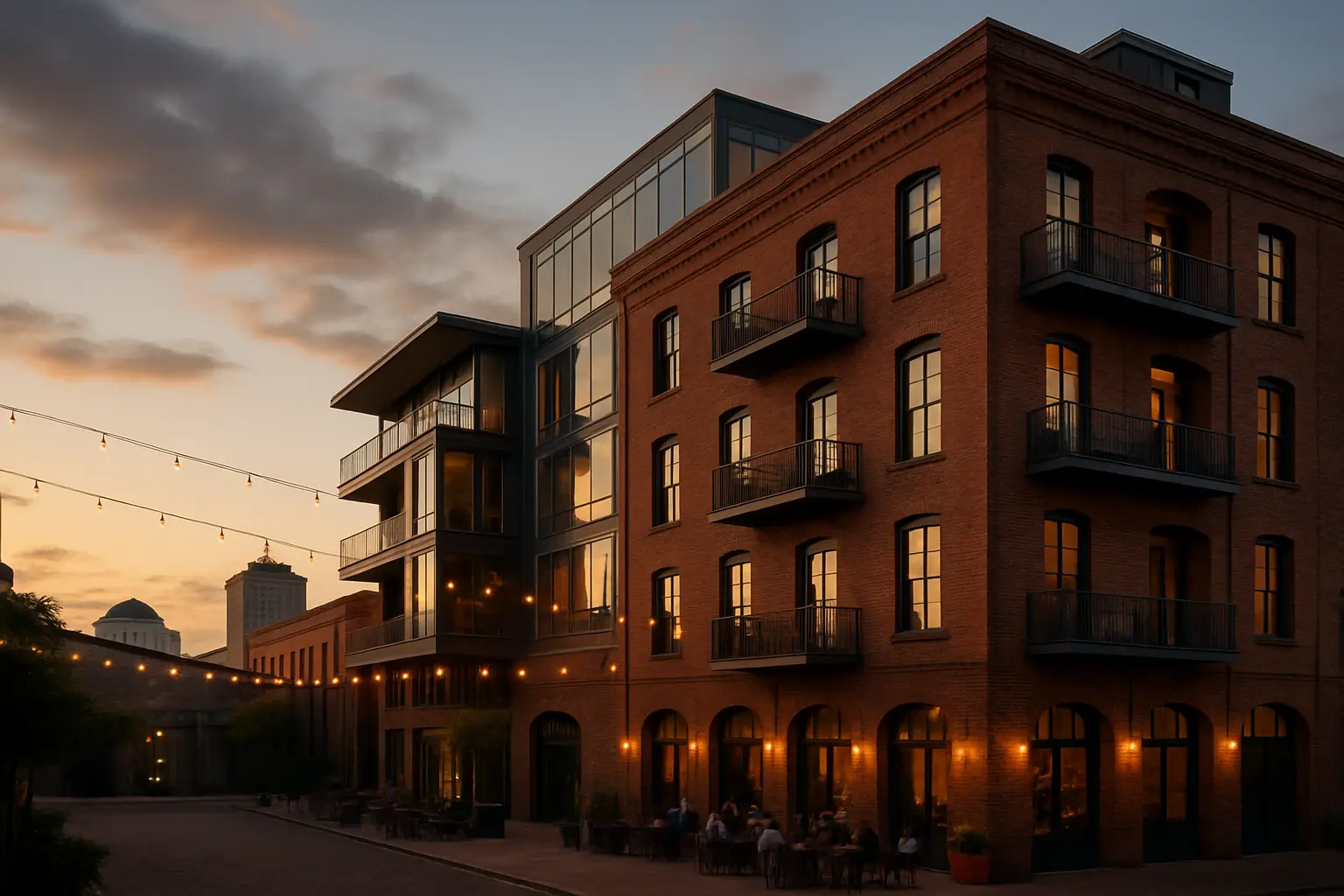From Warehouse to Wonderland: The Rise of Mixed-Use Properties in New Orleans
Discover how savvy investors are transforming industrial spaces into thriving residential-commercial hubs in the Big Easy

The Evolution of New Orleans' Commercial Landscape
New Orleans, a city renowned for its rich history and unique architecture, is witnessing a remarkable transformation in its commercial real estate sector. The adaptive reuse of industrial spaces into mixed-use properties has become more than just a trend – it's revolutionizing the way people live, work, and interact in the Big Easy.
As urban populations continue to grow and sustainability becomes increasingly important, developers are turning to existing structures to create innovative spaces that serve multiple purposes. Historic warehouses, once symbols of the city's industrial past, are now becoming architectural gems that combine residential, commercial, and cultural elements.
Smart Investment Opportunities
The conversion of historic warehouses into mixed-use developments presents a unique opportunity for investors. These properties offer several advantages:
- Location Value: Many warehouses are situated in prime areas near the city center and transportation hubs
- Historical Tax Credits: Renovation of historic properties can qualify for significant tax incentives
- Flexibility: Mixed-use spaces can adapt to changing market demands
- Sustainability: Repurposing existing structures aligns with environmental consciousness
Key Investment Considerations
Before diving into warehouse conversion projects, investors should consider:
- Zoning regulations and permit requirements
- Structural integrity assessments
- Historic preservation guidelines
- Market demand analysis
Success Stories and Market Analysis
The Warehouse District, now often called the Arts District, stands as a testament to successful mixed-use transformation. Recent market analysis shows properties in this area have experienced value appreciation of up to 40% following conversion to mixed-use developments.
"The transformation of our warehouse into a mixed-use space has not only preserved a piece of New Orleans history but has created a vibrant community hub that generates consistent returns," shares a prominent local developer.
Notable Success Cases
- The Cotton Mill: Former textile factory converted into luxury lofts with ground-floor retail
- The Rice Mill Lofts: Historic rice mill transformed into apartments with creative office spaces
- Warehouse Row: Industrial complex reimagined as a dining and shopping destination with residential units
Future Growth and Investment Strategies
The future of mixed-use development in New Orleans looks promising, with several factors driving continued growth:
- Growing Demand: Young professionals and empty nesters seeking urban lifestyle options
- Economic Diversification: Increasing need for flexible work-live spaces
- Cultural Preservation: Strong community support for projects that maintain historical character
- Tourism Impact: Mixed-use developments attracting visitors and supporting local businesses
Strategic Investment Tips
For those looking to invest in New Orleans' mixed-use property market:
- Focus on neighborhoods showing early signs of revitalization
- Partner with experienced local developers familiar with city regulations
- Consider properties with unique architectural features
- Plan for long-term value appreciation rather than quick returns
As New Orleans continues to evolve, mixed-use properties represent more than just investment opportunities – they're breathing new life into historic structures while creating sustainable, vibrant communities for future generations.


